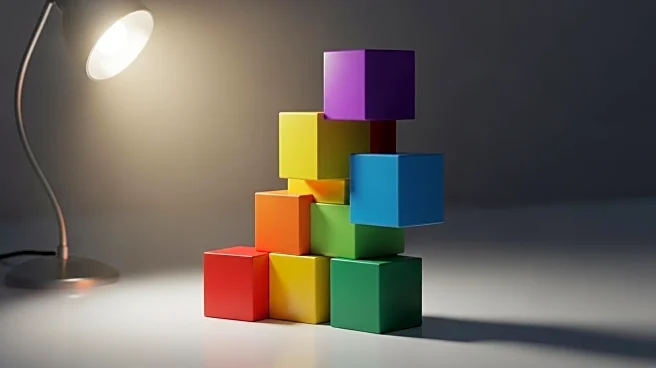What's Happening?
The New York Times has featured the word 'permutation' as part of its daily vocabulary challenge. The term, which refers to a complete change in character or condition, or a change in the order or arrangement of objects, has appeared in multiple articles over the past year. The challenge encourages readers to use the word in a sentence, promoting engagement and learning. The word was recently used in an article about choreographer Mark Morris, highlighting its application in artistic contexts.
Why It's Important?
The vocabulary challenge by The New York Times serves as an educational tool, enhancing language skills and encouraging readers to expand their vocabulary. By featuring words like 'permutation,' the initiative supports linguistic diversity and creativity. This approach can have broader implications for education, as it promotes active learning and engagement with language, potentially influencing how vocabulary is taught in schools and other educational settings.
What's Next?
The New York Times will continue to feature daily vocabulary challenges, potentially expanding the initiative to include interactive elements such as quizzes or competitions. This could increase reader engagement and participation, fostering a community of language enthusiasts. The ongoing challenge may also inspire other media outlets to adopt similar educational initiatives, contributing to a broader cultural emphasis on language learning.
Beyond the Headlines
The focus on vocabulary highlights the importance of language in shaping communication and understanding. As readers engage with words like 'permutation,' they gain insights into the nuances of language and its role in various contexts, from art to science. This initiative underscores the cultural significance of language and its ability to connect people across different disciplines and interests.










